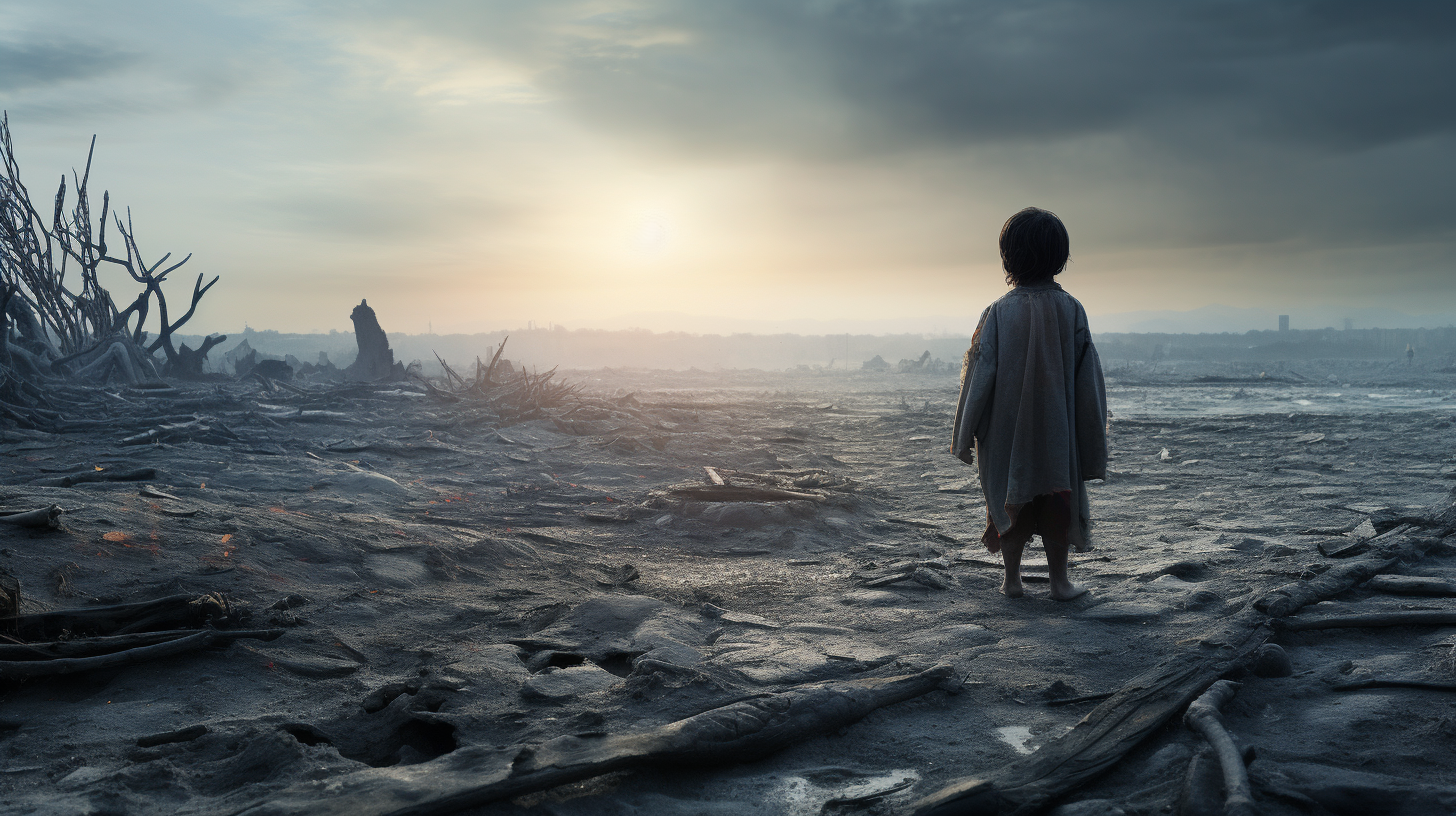In a world continuously ravaged by climate catastrophes, an unsettling pattern emerges from the ashes of abandoned homesteads and parched farmlands: humanity is on the move. Not since the great migrations of our ancient ancestors have we seen such a mass, involuntary exodus – an adaptation not by choice, but by dire necessity. As we witness the birth of the New Nomads, the eternal quest for survival commands a poignant question: How does humanity adapt in an era defined by climate migration?
The New Nomads – climate migrants are the quintessential survivors against all odds. Forced from their homes by ever-intensifying cyclones, floods, and famine, these migratory masses leave behind fractured communities, only to weave uncertain paths on the global tapestry. Drifting amid a landscape where the desert’s advance drowns the melody of daily life, they trudge towards an ambiguous promise of refuge.
In recent years, the coastal dwellers of low-lying nations found their entire existence threatened as ‘Smothered Shores’ became more than a term; it morphed into a perpetual nightmare. Invisible borders shaped by environmental decay dictate their trajectories – a world where passports are pre-empted by the sheer will to breathe another day. Survivalism has taken a modern turn, one where skillsets pivot from technological prowess to the primal knowledge of water sourcing and shelter building.
Amidst the desolation of once-thriving city very much alive with the throttle of human ingenuity, legacies now linger ‘When Heatwaves Hush the Urban Bustle’. Skyscrapers stand not as monuments to progress but as stark reminders of what has been forsaken in the flight from heat that scorches vitality from the marrow of civilizations. The footprints left behind in the now-silent metropolises narrate stories of departures, of life moving away from the steel and concrete graveyards.
In parallels not dissimilar to ‘The Quiet Exodus’ of birds once winging across urban skies, humans, too, have taken to transience. The skies that bore witness to avian departures are now the parchment where human stories unfold, etching sorrowful trails of where they’ve been and the uncertainty of where they’re going. Where winged creatures changed routes due to lost habitats and disrupted cycles, people follow – though often less dictated by instinct and more by desperation.
Despite the turmoil and the forced nomadism, there thrives a spirit of ingenuity. Makeshift communities spring up like oases in the desert – a testament to human resilience, if not to foresight. They are dots of hope, not for salvage or reversal of our global plight, but for managing survival in the now; for as this unforgiving landscape teaches, there’s no promise of a future when today demands your all.
Global cooperation finds its foundations shaken as the very notion of nationhood and borders confronts the tidal wave of human flow. The sovereignty of states is silently bartered away for the unspoken currency of compassion – or indeed, the lack thereof. Where nations once prided themselves on their impregnable borders, now stand open gates, not out of altruism, but from the understanding that the New Nomads could be any of us – that their story is intricately interwoven with our own.
To adapt is human, but to foresee is divine. As the world heaves under the strain of its bloated migrant caravans, innovation burgeons in the interstitial spaces between despair and necessity. Whether it’s erecting temporary shelters that harness the cruel sun’s power or developing apps that navigate refugees through the geopolitical web of sanctuary, innovation thrives even when hope seems extinct.
Adaptation means more than just enduring; it is redefining human existence in the context of constant movement. Yet, the epoch of the New Nomads comes with a caveat: there is a loss – of culture, of community, of continuity. In their restless eyes is mirrored the cost of our profligacy with nature, the price of living on borrowed time.
Their journey, ceaseless and full of strife, portends a new chapter of human history where adaptation may be the only threadbare inheritance we can claim – a legacy blighted by the neglect of our nurturing sphere. As we inhale the stories of these New Nomads and exhale a ponderous breath, one can’t help but wonder if adaptation is the final vestige in the face of an irreversible epoch or a penultimate act before a curtain call on humanity.
